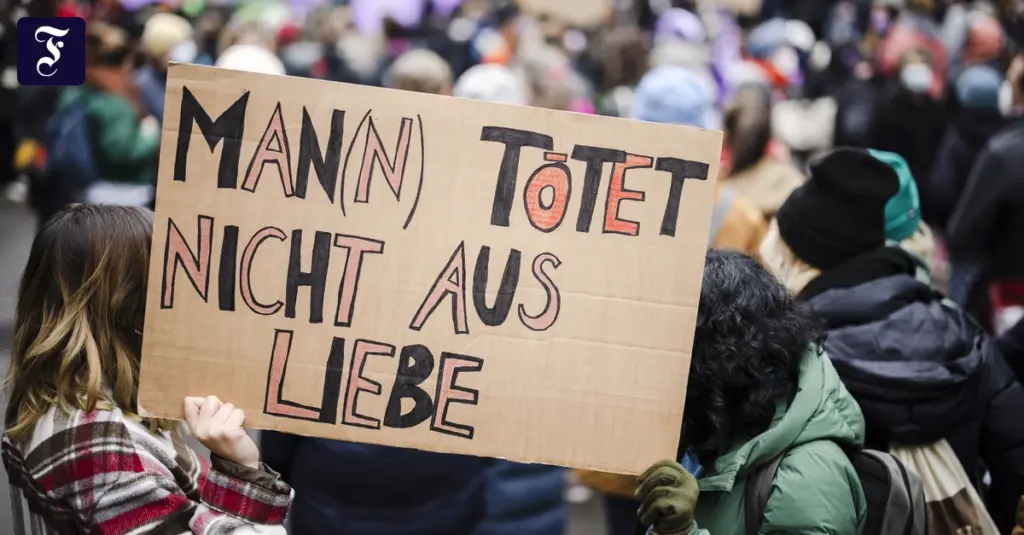
Miss Meltzer, last year Gisèle Pelicot became famous after she was drugged, raped and offered to rape another man by her husband. Why is this so widely reported?
What makes this case special is that it was a very serious crime that went undetected for years. If we look at the reporting factors, this case has had an extraordinary negative impact and huge losses. On the other hand, Mrs. Pelicot’s attitude was not as usual. Those who are affected by violence from their immediate social environment rarely go public because the topic is still taboo.
They examined 3,172 articles from 2020 to 2022 using quantitative content analysis. What factors cause newspapers to report violence against women?
Basically, violence against women must be drastic for the media to report on it. Specifically, violent acts that cause major damage and murder are addressed.
The worse an act, the more likely it is to be reported?
Appropriate. And vice versa: the milder and more common the violence, the less news there is about it.
Another finding of this research is that acts of violence against women are mostly presented as the actions of isolated individuals. How did this come about?
The media usually depicts a perpetrator-victim constellation, which they present as a single, closed case. It is unclear whether this is a structural problem. This can be done by involving experts or statisticians, but this rarely happens.
When it comes to violence in relationships, half of the articles focus on the perpetrator. Only ten percent reported the perspective of those affected. Why does this imbalance occur?
This is in accordance with the general logic of the media that they focus on perpetrators of violence. I think there is genuine or assumed curiosity on the part of the audience behind this. We know this from school shootings: we learn a lot about the perpetrators and little about those affected by them. Protection for perpetrators and victims have the same rights in the press code. But perhaps victims have a stronger desire to protect them, while perpetrators are seen as less worthy of protection. Because we learn so little about the victims, it is more difficult to feel empathy. Because little is said about the fact that this can happen to every woman and what can help her.
How often do terms like “relationship drama” or “family tragedy” come across?
In five percent of the text. That doesn’t sound like a lot, but it covers several hundred items. Compared to the first study which examined the years 2015 to 2019, the value has increased. These terms are always found in German newspapers.
Why is this problematic?
They argued that the action could not have been foreseen. That is not true. Research shows that there are warning signs to look out for. These terms also suggest that this was an isolated case – a one-off, particularly tragic event. The opposite happens when you look at the numbers.
They checked four national newspapers, two local newspapers and the tabloid “Bild”. Are “family tragedy” and “relationship drama” used differently?
There is no significant difference. The word “drama” is generally used when the victim and perpetrator are in a relationship. It seemed to be a marker indicating that two people were close or related.
One of your recommendations is to handle mentions of origin sensitively. What’s the practice like?
Non-German perpetrators or perpetrators with a migration background were disproportionately mentioned. But the reports are different. The actions of non-German men are more often classified structurally. Comparisons were made with other crimes or political acts more frequently than with perpetrators who were explicitly identified as German or whose origins were not stated. This shows that the structural problem is a migrant problem. But that’s wrong. The problem arises from certain images of women, and this can be found in a small village in Germany as well as anywhere else in the world.




